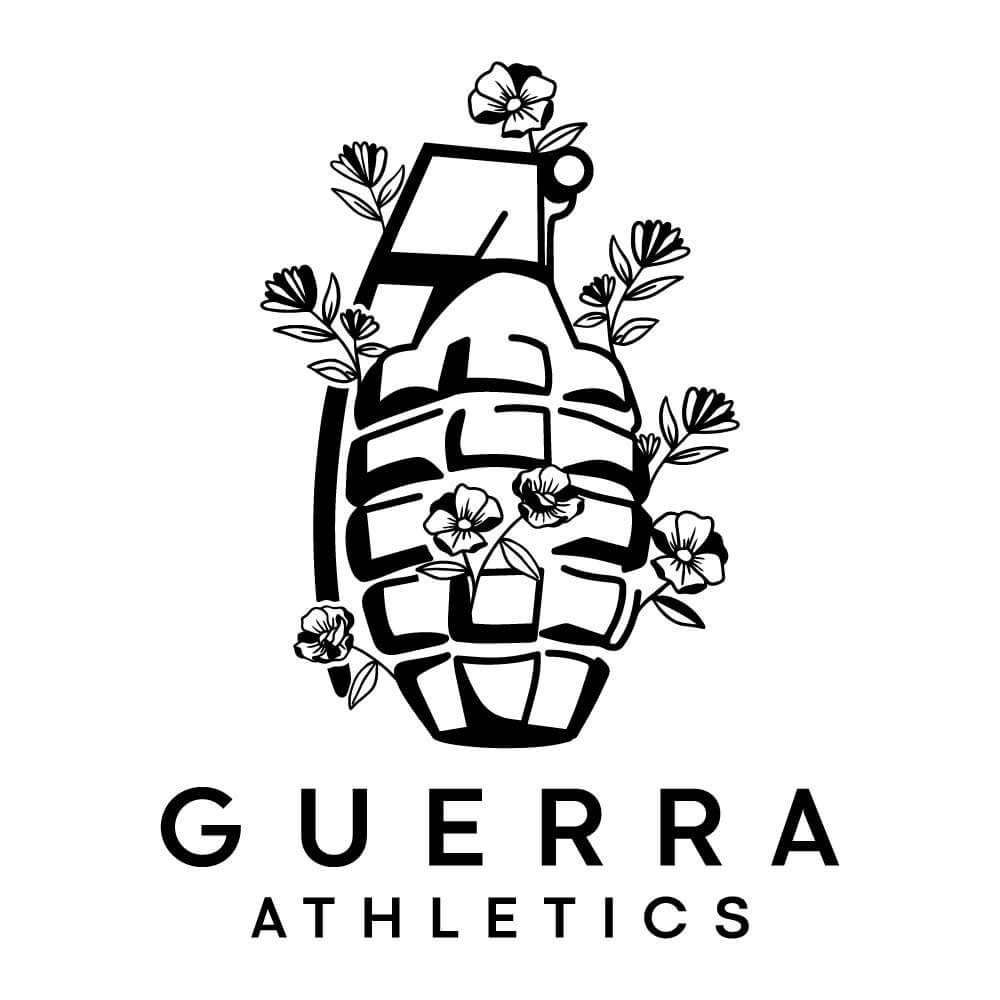Mi Gente! Are You Being Represented in Fitness?
Pregunta: Have you ever looked around the gym and noticed there the represention of our Latinx community members was lacking?
Despite the numerous benefits of exercise, there is a significant underrepresentation of Latinx communities in fitness spaces. This underrepresentation can be attributed to various factors, including socioeconomic barriers, lack of access to resources, language barriers, cultural preferences and expectations, and limited representation and marketing targeted towards Latinx communities. Want to know more? Let’s get into it:
Socioeconomic factors such as cost and access to fitness facilities and equipment can create barriers for Latinx communities to engage in regular exercise. Gym memberships, fitness classes, and personal trainers can be expensive and unaffordable for many individuals and families. Additionally, gyms and fitness centers are often located in affluent areas, limiting accessibility for people who live in lower-income neighborhoods.
Language barriers can also play a role in the underrepresentation of Latinx communities in fitness spaces. Many fitness facilities primarily offer services and information in English, which can be difficult for Spanish-speaking individuals to navigate. This lack of linguistic inclusion can make it challenging for Latinx individuals to feel comfortable and confident in fitness environments.
Cultural preferences and expectations can also influence Latinx individuals' engagement in fitness activities. Latinx cultures may prioritize family and community over individual pursuits, making it less common for individuals to prioritize personal physical fitness. Additionally, there may be cultural expectations around body image and size, which can discourage some Latinx individuals from participating in fitness activities due to concerns about judgment or societal standards.
There is also a lack of representation and marketing targeted towards Latinx communities in the fitness industry. The lack of diverse representation can make it difficult for Latinx individuals to identify with fitness spaces and feel welcomed and included. Additionally, marketing campaigns and promotions often do not prioritize Latinx communities, further contributing to the underrepresentation and lack of engagement in fitness activities.
To address the underrepresentation of Latinx communities in fitness spaces, it is crucial to prioritize inclusion, accessibility, and cultural competency. Fitness facilities and programs should actively work towards creating welcoming and inclusive environments for diverse populations. This includes: offering affordable options, providing bilingual resources and services, and implementing culturally relevant programming and marketing materials.
Collaboration with community organizations and leaders can also help to bridge the gap between fitness spaces and Latinx communities. By partnering with trusted community organizations, fitness facilities can build connections and establish trust, making it easier for Latinx individuals to access and engage in fitness activities.
Furthermore, it is crucial to promote diverse representation in the fitness industry. This can include hiring diverse staff members, trainers, and instructors, as well as showcasing diverse body types, abilities, and cultural backgrounds in marketing materials and promotions. This can also include supporting Latinx owned small business… hint hint, wink wink. (Check out our Hispanic inspired athletic gear at: www.guerraathletics.com).
By prioritizing inclusive and culturally competent practices, fitness spaces can create an environment where Latinx individuals feel valued, represented, and empowered to prioritize their health and wellness through exercise.

